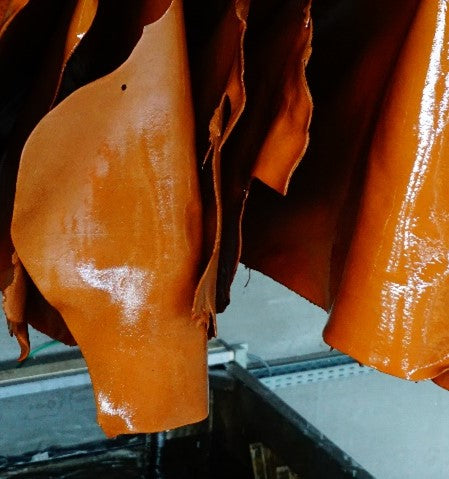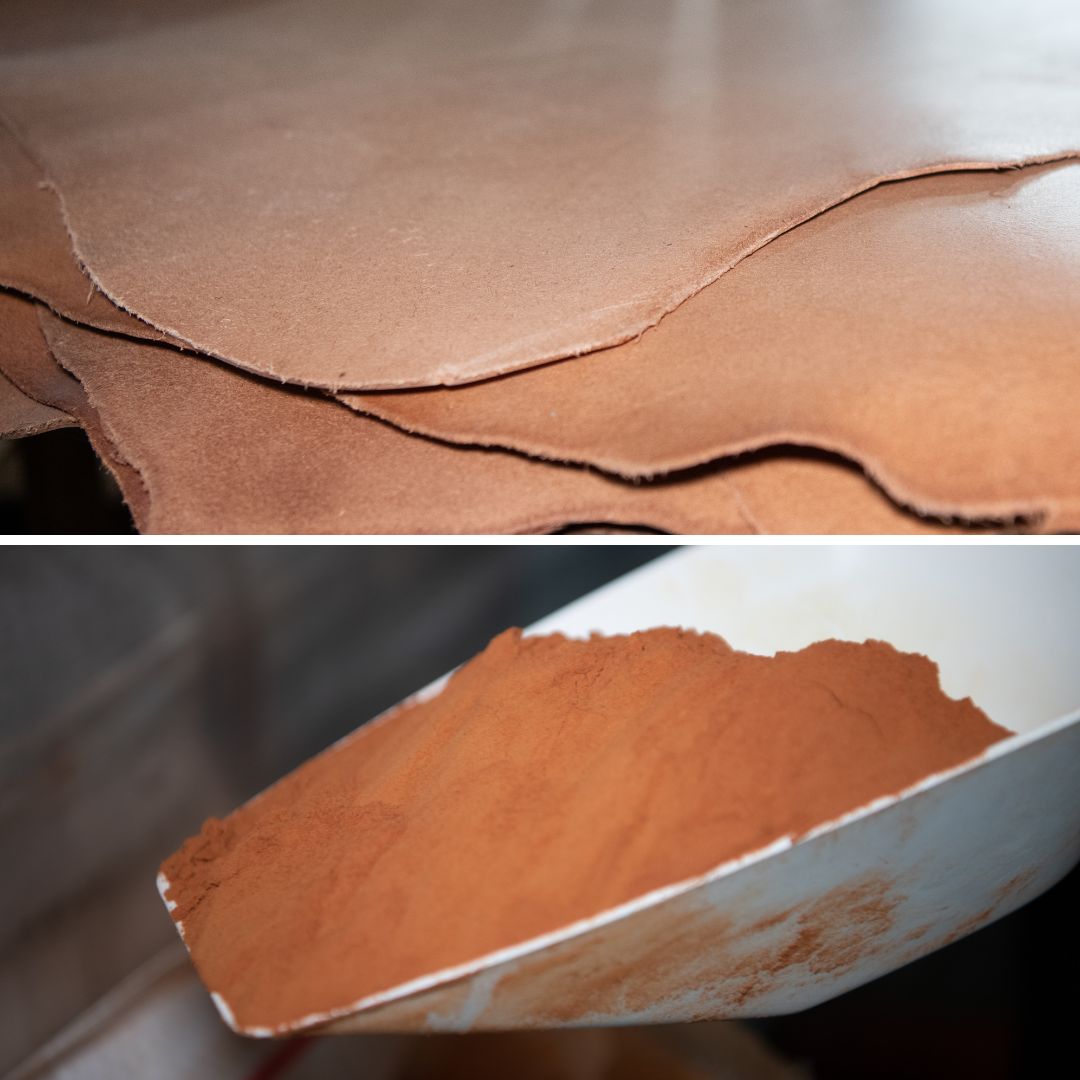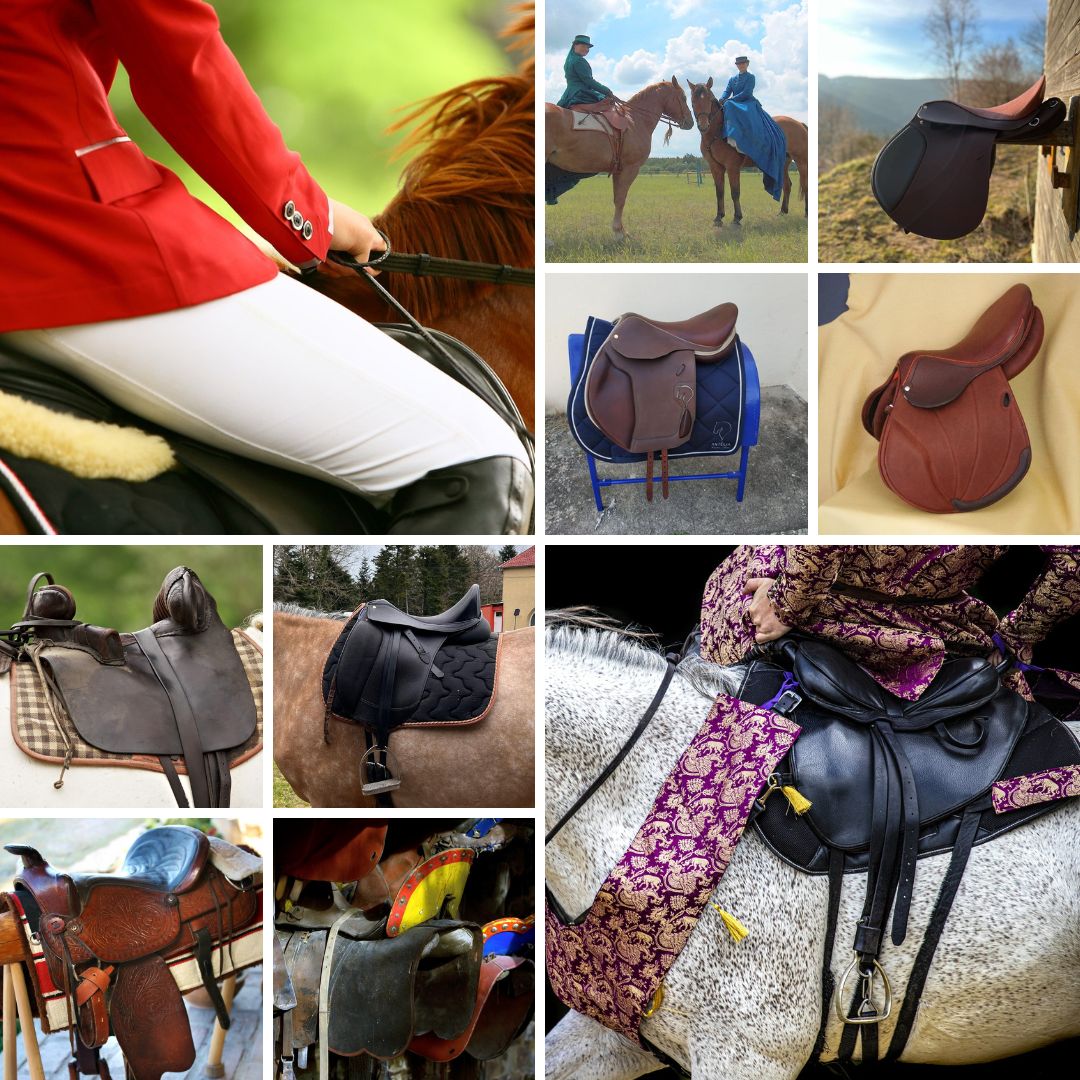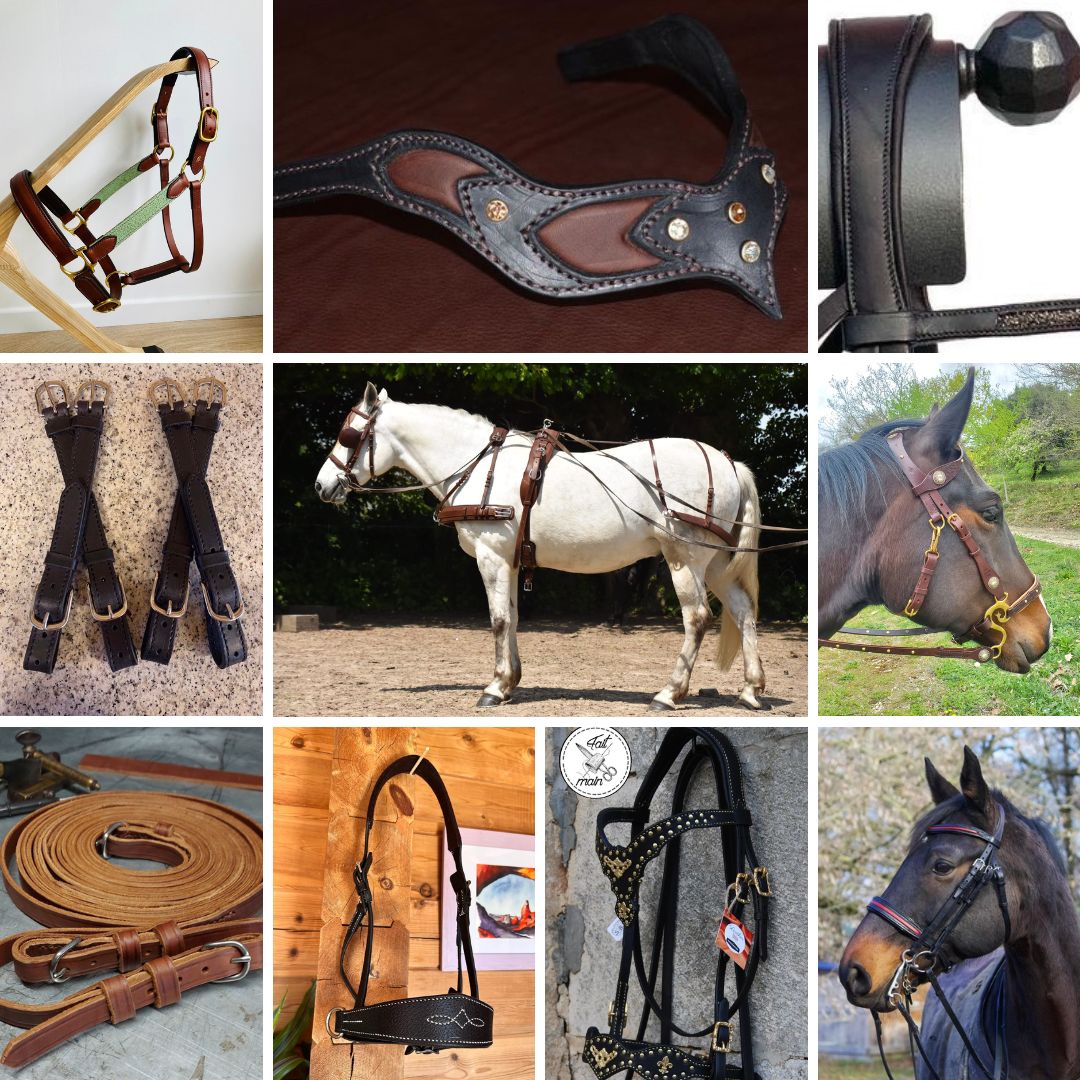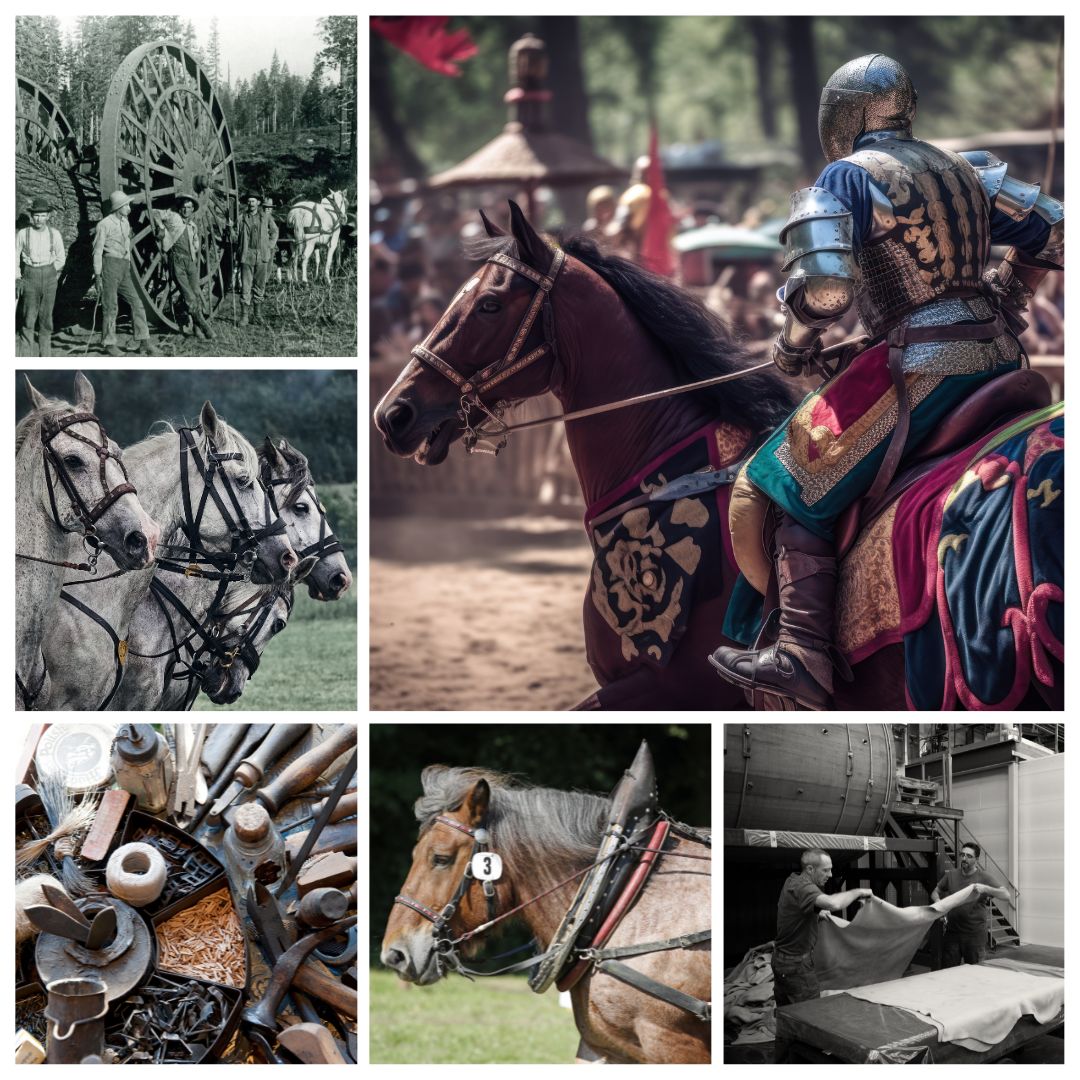Leather feeding is an important step in the leather manufacturing process.
Why bring food to the leather?

The feeding of the leather will give the leather fat. Of course, at the beginning the skins contained fat but they lost it during the beamhouse operations. Nourishing the hide will make it more supple and give it a better resistance to wear, because if it is not nourished, the hide will tend to harden and crack.

A nourished leather will perfectly patina over time, it can generally be recognized by the matte appearance and waxy touch it gives off, unlike a box leather which is shiny and smooth.
There are two types of feed for our saddle leather in our tannery:
Food in emulsion :
It is a liquid oil feed that is added to our fullers. The leather will feed on the oil in order to be nourished. Depending on the leather, we add between 3 and 5% of the leather's weight in oil to the leather.
This is suitable for leather goods requiring a high fat-free finish.
Our saddle leathers concerned by emulsion feeding: Angel, Pykara , Printed Gavarnie, and Detian
Food in a tallow bath:
The wax bath food is a unique process, unique to Radermecker Tannery. It is a mixture of paraffin and beef fat. These are solid fats. By heating them to 70-80°C, they liquefy. We soak the leathers in these oils to nourish them. They take up to 30% of fat on their structure, that is 30% of kg of fat of the weight of the leather.
This step provides deep nourishment that makes the leather easier to cut and work with, as well as more water resistant.
Tallow allows for maintenance-free leather, as the fat is constantly given to the surface of the leather, giving it the necessary nourishment and a beautiful patina.
Wax bath food leather is particularly resistant to the outdoor environment. As it is saturated with grease, it will reject any external disturbance (water / salty environment). Its behaviour and appearance will not be altered. This is suitable for intensive wear and tear as well as for the equestrian sector (halters, snaffles or bridles, bridles, bridle reins and hitching equipment).
Advantages of tallow bath feed for equestrian leather :
The grease soaked into the leather is in a solid state. In use, rubbing on the grain of the leather - saddle flaps, stirrups, girth straps, bridles and reins - will heat the grain over about 0.1mm of the surface in contact with use. This heated area liquefies the core fat over this thickness. The grease rises to the grain, providing a continuous supply of the right level of nourishment and a new grain appearance. There's no need to feed the leather. As the fat is present throughout the thickness of the leather, it can last for many years.
Our saddle leathers concerned by feeding in a tallow bath: Niagara shoulder, Niagara half-back, Boyoma and stretched Boyoma.
Advantages of feeding horse pads in a tallow bath - Farriery
Solid state fat :
- Prevents water from penetrating and altering the thickness of the horse pad in use. The horse keeps a constant thickness under its 4 hooves.
- Offers resistance to the horse's pressure on the thickness of the leather. It will not compress in thickness during use.
- Easy to cut the leather horse pads

